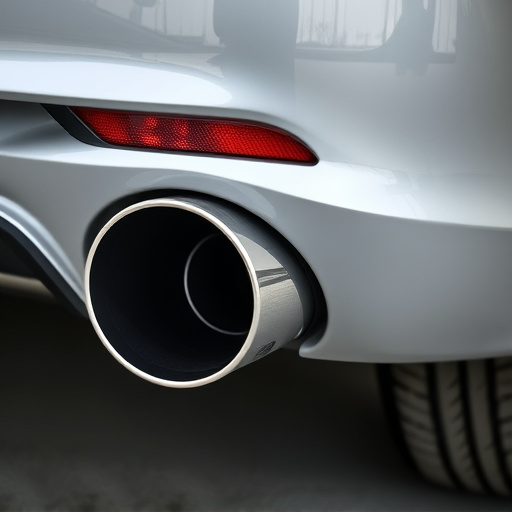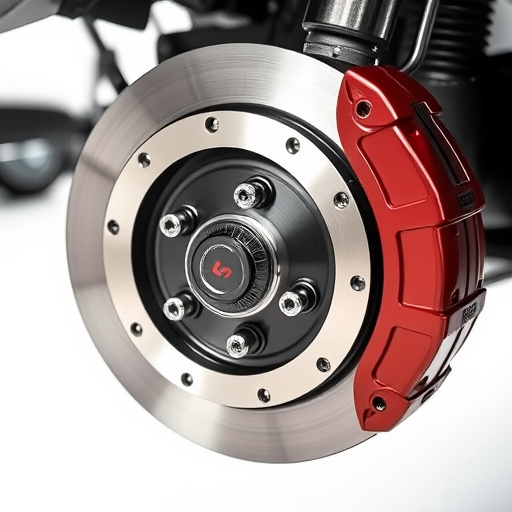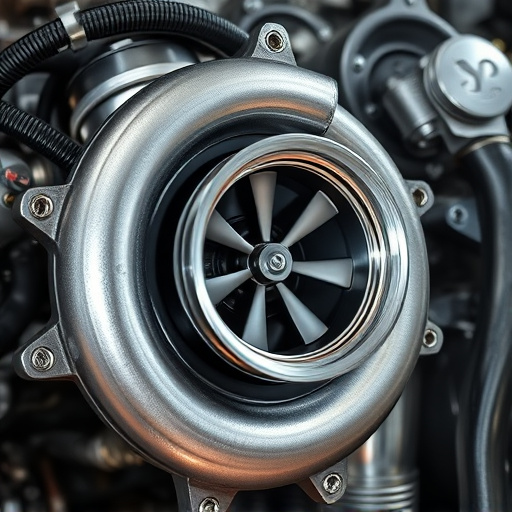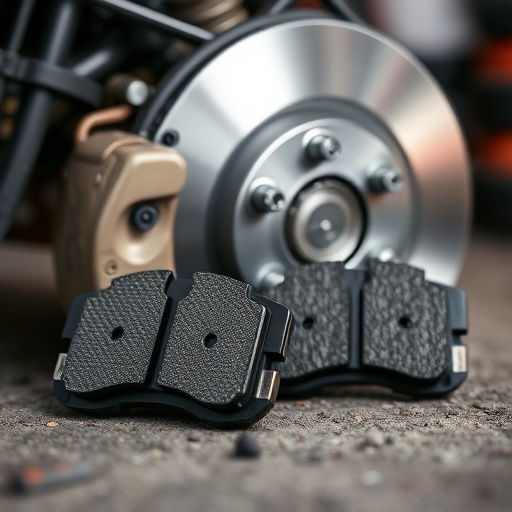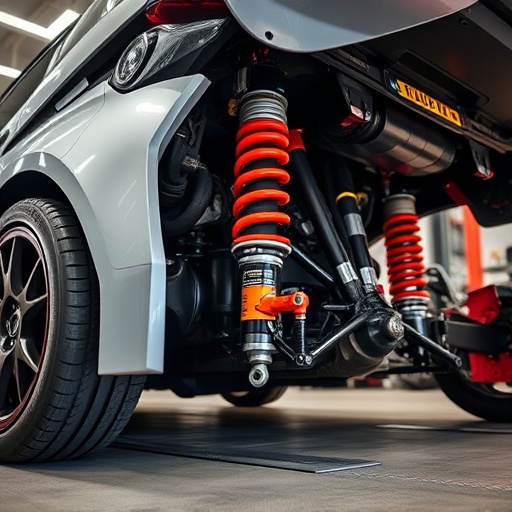Intercooler piping is a game-changer for high-performance vehicles, optimizing engine efficiency and power delivery by directly connecting the compressor outlet to the throttle body. This strategic component ensures cool, dense air enters the engine for enhanced combustion. Integrating seamlessly with suspension systems like coilover kits, intercooler piping improves vehicle stability and control in diverse driving conditions. It also integrates well with other components like cat back exhaust systems, maximizing overall engine functionality.
Intercooler piping is a vital component in automotive engineering, playing a crucial role in enhancing engine performance. This essential system connects the compressor outlet to the throttle body, facilitating efficient airflow and cooling. In this article, we’ll delve into the understanding of intercooler piping, its fundamental function, and the benefits it brings. We’ll also explore considerations for optimal setup, ensuring your vehicle’s engine performs at its peak with enhanced efficiency.
- Understanding Intercooler Piping: The Role and Its Function
- How Intercooler Piping Connects the Compressor Outlet to the Throttle Body
- Benefits and Considerations for Efficient Engine Performance
Understanding Intercooler Piping: The Role and Its Function
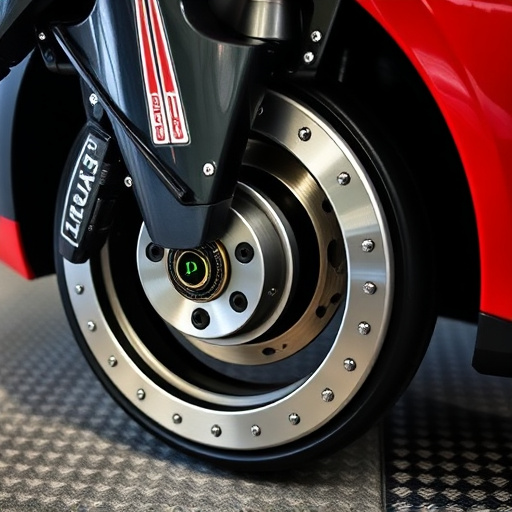
Intercooler piping plays a crucial role in enhancing vehicle performance, especially in high-output engines. This essential component connects the compressor outlet directly to the throttle body, facilitating efficient air flow and cooling. By allowing cooled air to enter the engine, intercooler piping optimizes combustion, leading to improved power and torque output.
Furthermore, the strategic placement of intercooler piping integrates seamlessly with suspension components, such as coilover kits, contributing to overall vehicle stability and control. This integration ensures that both the engine and suspension work in harmony, enhancing not just performance but also the driving experience in various road conditions.
How Intercooler Piping Connects the Compressor Outlet to the Throttle Body
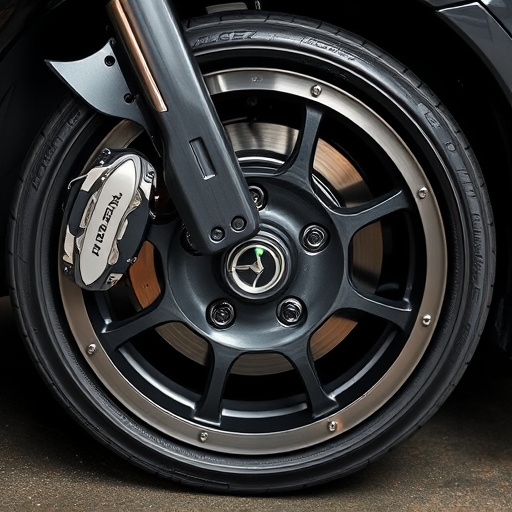
The intercooler piping plays a pivotal role in connecting the compressor outlet to the throttle body in an automobile’s engine system. This vital component ensures that the compressed air from the compressor is efficiently directed to the throttle body, facilitating precise control over the mixture of air and fuel entering the engine. The intercooler itself acts as a cooling mechanism for the high-pressure air, enhancing its density and boosting engine performance.
The piping is meticulously designed to withstand high-temperature conditions while maintaining structural integrity. This is crucial as it allows the compressed air to pass through without suffering significant heat loss or degradation in quality. Furthermore, the intercooler piping seamlessly integrates with other components like cat back exhaust systems and exhaust tips, ensuring optimal airflow and engine performance across various driving conditions, even under heavy braking with well-maintained brake rotors.
Benefits and Considerations for Efficient Engine Performance
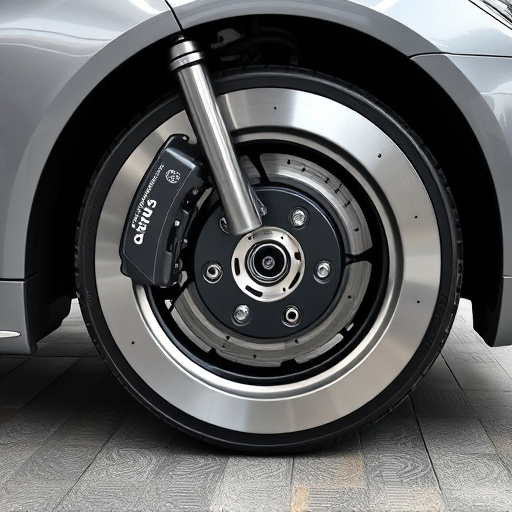
The intercooler piping plays a crucial role in enhancing engine performance by efficiently connecting the compressor outlet to the throttle body. This direct routing ensures that compressed air, rich in oxygen, flows seamlessly and quickly into the engine’s combustion chamber. The benefits are multifaceted; it reduces turbulence, minimizing pressure loss, and maximizing the amount of usable air, all of which contribute to improved vehicle performance.
When optimizing for efficient engine performance, considerations extend beyond the intercooler piping itself. Integrating this system with well-designed intake components and strategic exhaust tips ensures optimal airflow, leading to a more robust power output. By maintaining a cool and dense air supply, the intercooler also prevents knocking or detonation, protecting the engine from potential damage and further enhancing overall vehicle performance.
Intercooler piping is a vital component in enhancing engine performance, acting as a crucial link between the compressor outlet and throttle body. By efficiently connecting these elements, intercooler piping optimizes air flow, ensuring a more precise mix of fuel and air. This direct connection enhances turbocharger efficiency, resulting in improved power outputs and better fuel economy. Understanding and maintaining this system is essential for achieving peak engine performance, making intercooler piping a key consideration for any vehicle modification or upgrade.








